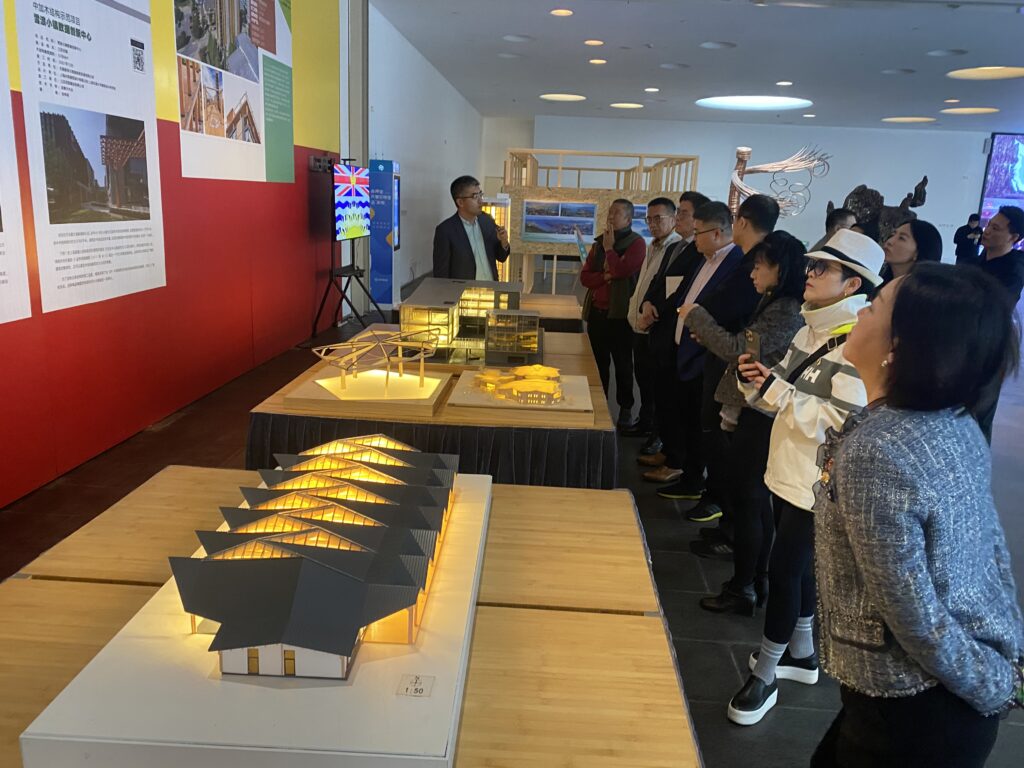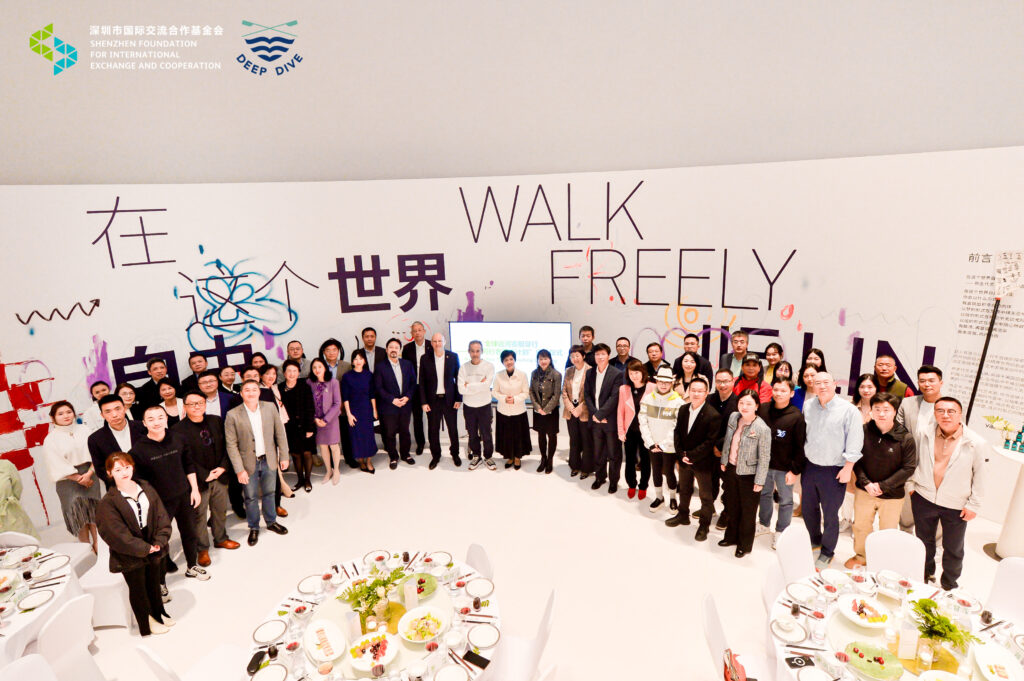Summary on BCFII governmental outreach to Guangdong province
After the end of spring festival holidays, FII China joined a mission in early February to Guangdong Province coordinated by the B.C. Trade Office to meet with important partners including the Guangdong Provincial Foreign Affairs Office (FAO), and the Vanke Group.
On February 3, the B.C. Trade Office, FII China, and the Canadian Consulate in Guangzhou met with the Division of American and Oceania Affairs of Guangdong Provincial FAO. Discussion topics included summarizing past cooperation initiatives and an outlook on potential collaboration opportunities for the year ahead. Meeting participants agreed that B.C. and Guangdong Province have a solid foundation for working together and will continue to strengthen bilateral exchanges through the support of the Guangdong FAO.
On the following day, the B.C. Trade Office and FII China were invited to Shenzhen to attend the “Low Carbon Development and Healthy Living Symposium” organized by the Shenzhen Foundation for International Exchange and Cooperation, an association chaired by the founder of Vanke, Mr. Wang Shi. The visit provided a substantial opportunity to build on exchanges with Mr. Wang and his team on developing timber construction applications based on his aspirations to develop net-zero carbon projects. The activities followed Mr. Wang’s visit to FII Headquarters in December 2022, where he demonstrated great interest for timber construction from his visits of signature timber projects in Vancouver and the discussion with FII executives about the technology and the Canadian forestry industry in general.

During the meeting between the B.C. Trade Office, FII China, and the Vanke team in Shenzhen, Mr. Wang expressed that his visit to FII in Vancouver has transformed his perception of timber construction and harvesting trees. He now recognizes that under sustainable forest management systems, the reasonable and legal use of forest resources in construction is conducive for neutralizing the carbon emissions brought about by concrete and steel applications. He expressed his newfound appreciation for the ways that wood can sequester carbon and offset carbon from other high emission materials projects. He agreed that even if a project could use wood for only 30% of its total building materials, it could still be worthwhile to reduce that 30% of carbon emissions from concrete. Both Mr. Wang and his team highlighted the use of engineered bamboo materials that were featured throughout their head office building, in furnishings, doors and furniture. That was an important feature they added to highlight sustainable materials and was referenced when they emphasized their interest to expand the use of bamboo and wood in Vanke projects.
After the meeting, the B.C. Trade Office and FII China joined the main program of the “Shenzhen Low Carbon Development and Healthy Living Symposium.” Vanke’s team gave FII China an opportunity to introduce B.C.’s sustainable forest practices as well as low carbon and healthy advantages of signature timber projects located across both Canada and China, with the audience composed of reputable industry leaders and key partners of Vanke. The event was an excellent platform to promote forestry innovations and the recognition of wood’s contribution to realizing carbon neutralization, and a public statement by Vanke of their interest to work with B.C. and FII to explore carbon reduction methods for the construction sector.




